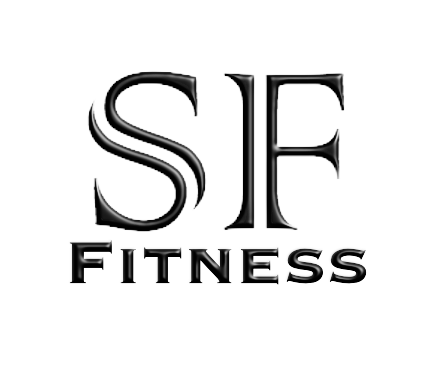When it comes to general movement, you can breakdown muscle action or contraction into 3 simple types : Concentric, isometric, and eccentric. Concentric is the muscle contraction that most associate with exercise, but what are the other two, and why are they so important?
Meat and Potatoes
The concentric part is when the muscle is under tension and is shortening. For you movement nerds, another way to think about it is you’re narrowing the joint angle. For example, bending your arm to do a biceps curl.
Isometric muscle contractions simply means the muscle is under tension, but there’s no movement. This can happen for a couple reasons. With the biceps curl, you can “squeeze” the muscle at the top of the movement, so there’s added tension without extra movement. Another example with the same biceps curl is once you get fatigued, you’ll hit a point where you have tension on the muscle, but the weight doesn’t move. There’s several ways to strengthen that “weak spot,” but more on that later.
Eccentric muscle contractions means the muscle is under tension, but the muscle is lengthening. Piggy backing off of the concentric contraction, this is when you’re lowering a weight.

How can I make sure I’m doing all 3?
“Leave your ego at the door” – Abraham Lincoln, probably.
Start off by using weight that you can use safely. The quicker you prioritize good form, the faster you’ll progress. Upon doing so, one of the best ways to utilize all 3 muscle contractions is to set a tempo.
In short, tempo allows you to focus more on the movement itself instead of lifting as much as you can. A more common and simple way of utilizing it would be counting in seconds the duration of each. For example, say you’re doing hamstring curls on a machine. Using a 2 count concentric, 1 second isometric, and 4 count eccentric, go through the entire movement for 10 reps. It sounds easy, but I promise you it’ll catch up with you. You may also see it written as “prone hamstring curls, 3 x 10, 2:1:4.”
Why are these good to know?
Exercise is has a plethora of benefits to it. Stress relief, burning off those nachos from last night, and let’s be honest, everyone wants to look better naked. However, one major benefit is something you and any strength coach should make a priority : injury prevention.
By choosing the proper exercises, using the appropriate load, and prioritizing a proper tempo for each rep, you can slowly but surely create stable joints to keep you safe while being active.
Author’s Note
Taking the info off of a previous article, “Posterior Chain | What is it and Why is it so important?” (link below), maintaining a controlled tempo while strengthening those muscles will reap the benefits for athletes, especially females (more on this in the future!)


Recent Comments